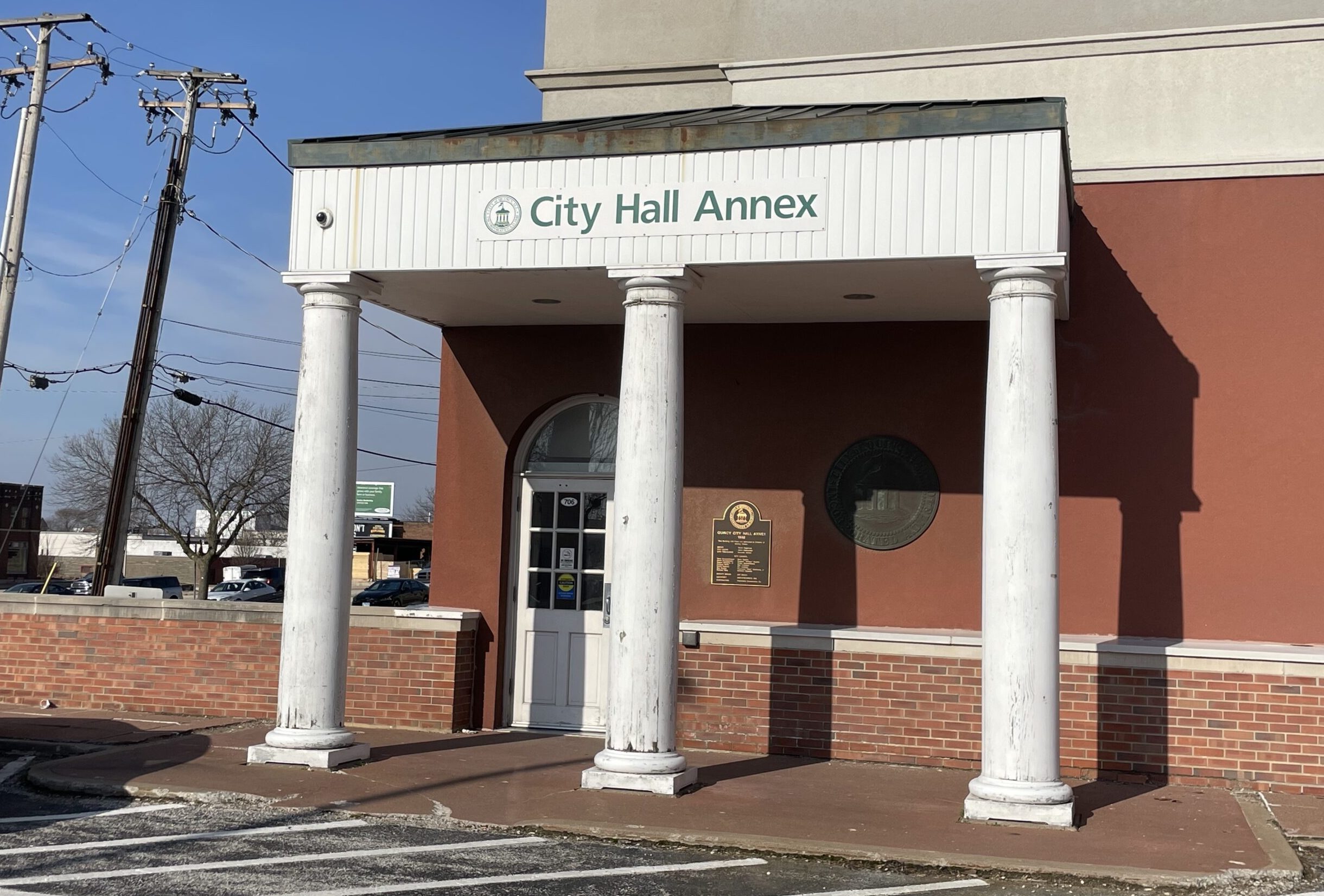Quincy Hall’s Architectural Significance: Quincy Hall Teeth

Quincy Hall, a prominent landmark in Boston, stands as a testament to the city’s architectural heritage and its evolution through the 19th century. Constructed during a period of significant growth and change, the building reflects the architectural trends and aspirations of its time, while also contributing to the development of the surrounding area.
The Historical Context of Quincy Hall’s Construction
Quincy Hall was built in 1825, during a period of rapid economic and urban expansion in Boston. The city was experiencing a surge in population and commerce, driven by the rise of industries such as shipping, manufacturing, and trade. This growth fueled a demand for new public spaces and buildings to accommodate the increasing needs of the city. The construction of Quincy Hall was part of this larger trend, reflecting the city’s ambition to create a modern and thriving urban center.
The Architectural Style of Quincy Hall
Quincy Hall is a prime example of the Greek Revival architectural style, a popular movement in the United States during the early to mid-19th century. This style was inspired by the architecture of ancient Greece, characterized by its emphasis on symmetry, simplicity, and classical proportions. Quincy Hall’s façade features a series of Doric columns, a prominent pediment, and a rectangular form, all hallmarks of the Greek Revival style.
Comparison with Other Notable Buildings of the Time
Quincy Hall shares similarities with other notable buildings constructed in Boston during the Greek Revival period, such as the Boston Athenaeum (1807) and the Massachusetts State House (1795). All three buildings exhibit the characteristic features of the Greek Revival style, including Doric columns, pediments, and a focus on symmetry. However, Quincy Hall distinguishes itself from these other buildings through its use of a distinctive granite façade, which adds a sense of grandeur and durability to the structure.
Quincy Hall’s Role in the Development of the Surrounding Area
The construction of Quincy Hall played a significant role in the development of the surrounding area, known as the “Quincy Market” district. Prior to the building’s construction, this area was a bustling marketplace, but it lacked a central structure to organize and enhance its commercial activities. Quincy Hall provided this central space, attracting merchants and shoppers alike. The building’s location at the intersection of several major streets further facilitated its role as a hub for commerce and social activity, contributing to the growth and prosperity of the surrounding area.
Quincy Hall’s Impact on Oral Health

Quincy Hall played a pivotal role in shaping the oral health landscape of its time, influencing both the local community and the broader field of dentistry. Its pioneering dental practices and research initiatives significantly advanced the understanding and treatment of oral diseases, leaving a lasting legacy in the history of dentistry.
Impact on Local Community, Quincy hall teeth
Quincy Hall’s dental practices had a profound impact on the health of the local community. Prior to the establishment of Quincy Hall, dental care was often rudimentary and inaccessible to many. The introduction of modern dental practices and technologies within Quincy Hall brought about a significant improvement in the oral health of the community. The availability of skilled dentists, advanced equipment, and innovative treatments provided residents with access to previously unavailable dental care. The impact of Quincy Hall’s dental practices was particularly felt by the less privileged members of the community, who were often the most vulnerable to oral health issues.
Innovative Treatments and Research
Quincy Hall served as a hub for dental innovation and research, contributing significantly to the advancement of the field. The hall’s dentists were at the forefront of developing new techniques and treatments for various dental ailments. One notable example was the development of a novel method for treating tooth decay, which involved the use of a newly discovered dental material. This innovation revolutionized the treatment of tooth decay, significantly improving the longevity and aesthetics of teeth. Quincy Hall’s research efforts also extended to the study of oral hygiene and the prevention of dental diseases. The hall’s dentists conducted extensive research on the causes and effects of tooth decay and gum disease, leading to the development of practical guidelines for oral hygiene and preventive care.
Historical Illustrations of Dental Procedures
- An illustration depicting a dentist using a hand-cranked drill to extract a tooth. The illustration showcases the rudimentary nature of dental procedures in the past, highlighting the significant advancements made in dental technology since then.
- A photograph of a dental surgery room in Quincy Hall, featuring a dentist using a dental chair with a headrest and a set of specialized instruments. The photograph provides a glimpse into the dental practices of the era, showcasing the evolving nature of dental care.
- An illustration showcasing a dentist using a dental mirror to examine a patient’s teeth. The illustration highlights the importance of proper examination and diagnosis in dental care, a practice that remains crucial today.
Comparison of Dental Practices
| Practice | Quincy Hall (Historical) | Contemporary |
|---|---|---|
| Extraction | Hand-cranked drill, often painful and traumatic | Modern anesthetic techniques, minimally invasive procedures, and advanced extraction methods |
| Filling | Amalgam fillings, which could be prone to staining and corrosion | Composite fillings, tooth-colored and aesthetically pleasing, with improved durability |
| Prosthetics | Dentures made from materials like porcelain or vulcanite, often bulky and uncomfortable | Advanced prosthetics made from durable materials like titanium and zirconia, offering improved aesthetics and functionality |
| Hygiene | Basic oral hygiene practices, often limited to brushing and flossing | Comprehensive oral hygiene routines, including brushing, flossing, regular dental checkups, and professional cleaning |
Quincy hall teeth – Quincy Hall’s teeth, a striking feature in his portrait, were rumored to be as strong as the obstacles in a steeplechase race. Perhaps this was a metaphor for his resilience and determination, traits that likely served him well in navigating the challenges of his life, just as steeplechase runners must overcome the hurdles in their path.
Quincy Hall, with its iconic facade and rich history, is a landmark that evokes a sense of tradition. The building’s name, a testament to its namesake, has been a constant through the years, much like the excitement surrounding the annual Rooks Steeplechase , a thrilling event that has captured the hearts of locals for generations.
The enduring legacy of Quincy Hall, with its connection to such a spirited event, is a reminder of the vibrant tapestry of history that continues to shape our communities.